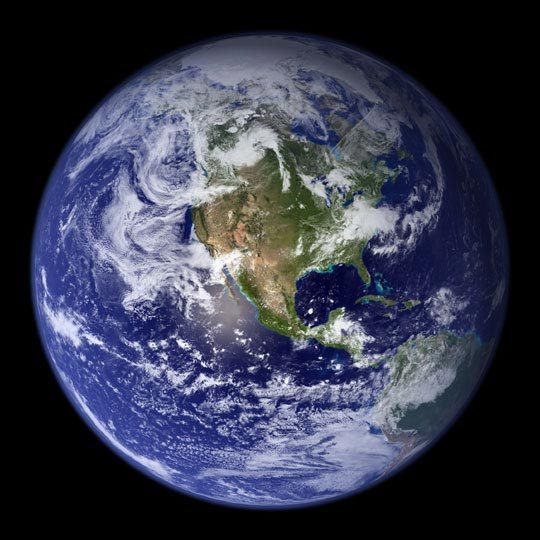Molecule That May Have Given Breath to Earth's First Life Discovered

Earth's first molecules of oxygen, which led to the development of life on the planet, may have relied on a newly identified enzyme, scientists reported this week.
Around 2.4 billion years ago, the planet experienced a huge spike in atmospheric oxygen levels. Scientists have long held that this rise in oxygen, called the Great Oxygenation Event, was tied to the arrival of the first photosynthetic organisms. (Oxygen is a byproduct of photosynthesis, which uses sunlight to turn carbon dioxide into sugary foods.) But nobody knew why these oxygen-producing organisms emerged in the first place.
"Oxygen is toxic, so why would a living organism generate oxygen?" study lead author Gustavo Caetano-Anollés, a biologist at the University of Illinois, said in a statement. "Something must have triggered this."
To get to the bottom of the mystery, Caetano-Anollés and his colleagues analyzed protein folds in nearly 1,000 organisms across every domain of life. A fold, Caetano-Anollés explained, is a structurally and functionally distinct region of a protein that is usually unaffected by mutations or other changes to the amino acids that make up the protein. Because of this consistency, protein folds are reliable markers of long-term evolutionary patterns.
With their analysis, the researchers created a timeline of protein history, which they calibrated using various microbial fossils. They found that the oldest oxygen-based process involved the production of pyridoxal, the active form of vitamin B6, which is essential to the activity of many protein enzymes in the body.
So how did ancient organisms get the essential pyridoxal? The researchers date pyridoxal back to some 2.9 billion years ago, the same time that the enzyme manganese catalase appeared.
Manganese catalase breaks down hydrogen peroxide into water and oxygen — early organisms may have come across this enzyme when trying to cope with environmental hydrogen peroxide, which some geochemists believe was abundant in Earth's glaciers at the time and was released by the bombardment of solar radiation. The organisms essentially got the oxygen they needed to produce pyridoxal by breaking down the glacial hydrogen peroxide with manganese catalase.
Sign up for the Live Science daily newsletter now
Get the world’s most fascinating discoveries delivered straight to your inbox.
Caetano-Anollés notes that the findings fit in with other recent studies suggesting that oxygen-based respiration began 300 million to 400 million years before the Great Oxidation Event. The timing works because oxygen production was probably occurring long before the oxygen spike, he said.
With its ability to degrade hydrogen peroxide and create oxygen, manganese catalase is likely the "molecular culprit for the rise of oxygen on the planet," Caetano-Anollés said.
The study was published Jan. 10 in the journal Structure.











